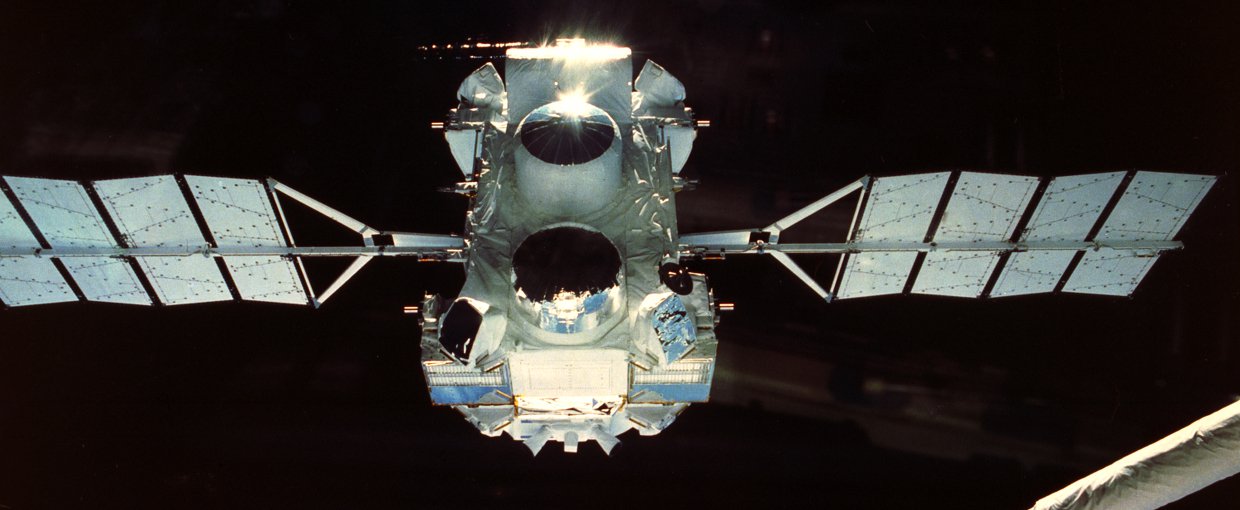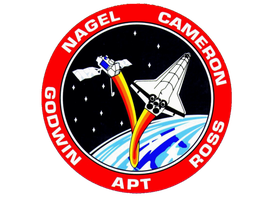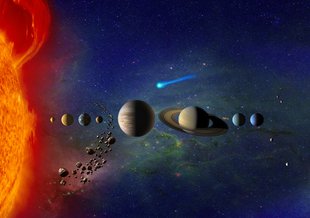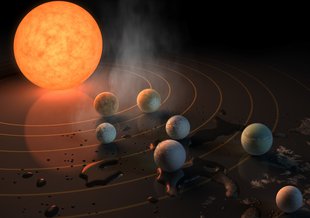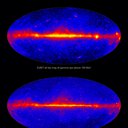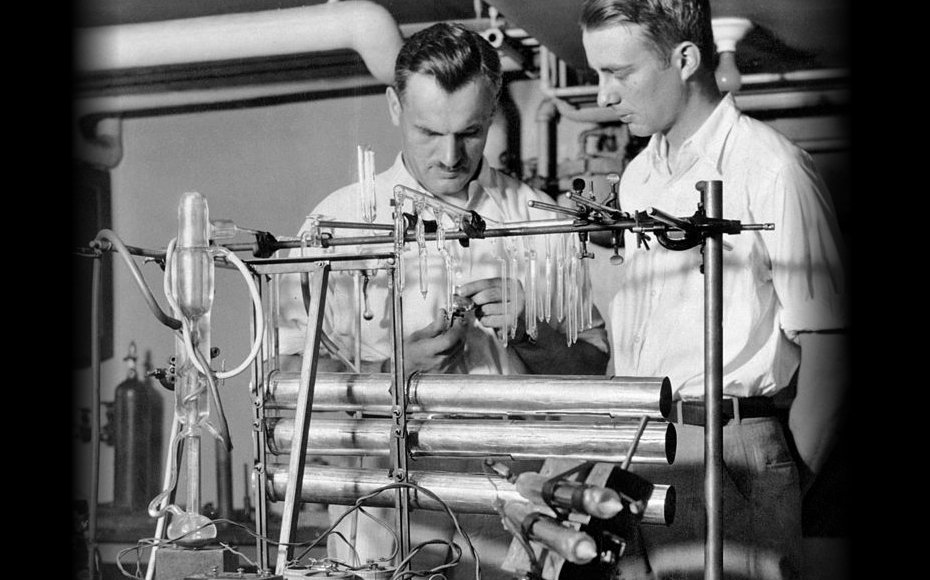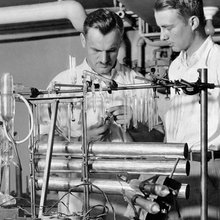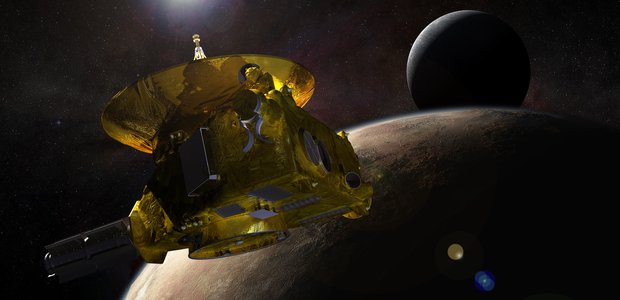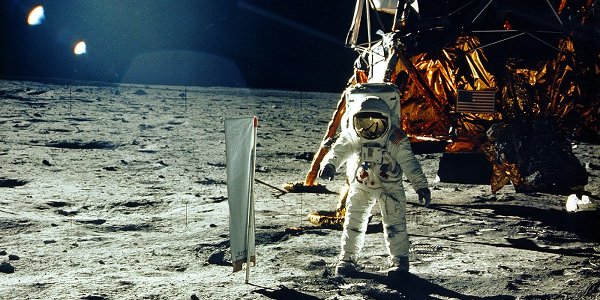- Launch Date April 05, 1991
- Arrival Date April 05, 1991
- End DateJune 04, 2000
- Mission TypeSpace Telescope
- TargetThe Universe
Mission Overview
The Compton Gamma Ray Observatory (GRO) was a sophisticated satellite observatory dedicated to observing the high-energy Universe. It was the second in NASA’s program of orbiting “Great Observatories”, following the Hubble Space Telescope.
Relevance to Astrobiology
While Hubble’s instruments operate at visible and ultraviolet wavelengths, Compton carried a collection of four instruments which together could detect an unprecedented broad range of high-energy radiation called gamma rays. The mission provided insights into the basic structure of the Universe and distribution of high-energy radiation that could play a role in the habitability of planets.
NASA Astrobiology Involvement
Data from CGRO informs numerous studies supported by the NASA Astrobiology Program. This data is used in models that help researchers better understand the Universe and the conditions in which planetary systems form and evolve. Scientific results from CGRO are helping exoplanet researchers determine the types and locations of systems that could support habitable planets.


